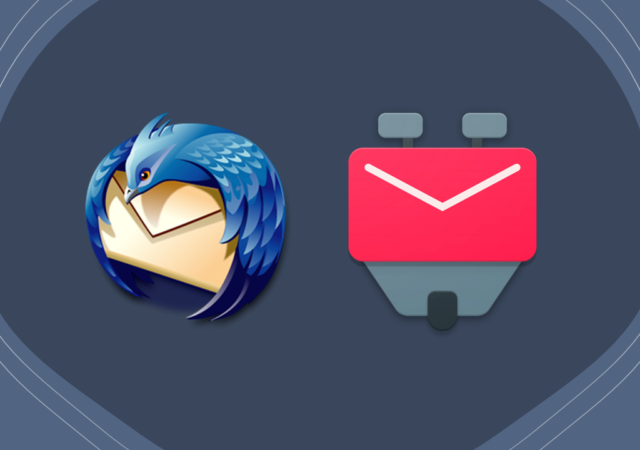As Malaysia seeks to become a developed nation and lead the ASEAN region as the Chair of ASEAN, Red Hat’s Kelly Switt highlights how Open Source can be leveraged as an engine for growth.
OpenAI Returns to Open-Source with New GPT-OSS Models
Open AI releases two new open source GPT models – gpt-oss-20b and gpt-oss-120b; signaling a huge step back to open development of GPT models.
Building trust: Foundations of security, safety and transparency in AI
AI security and safety are distinct but intertwined. Red Hat explores risks, challenges, and proposes solutions for standardized AI safety and security.
Open Source Technologies Enable Better Resilience & Security
Stay ahead of cyber threats with open-source technology. Discover how it enables businesses to protect their critical systems and data in a rapidly evolving threat landscape.
Bringing the Open Source Way to AI
Can we open source AI? Ashesh Badani, VP and Chief Product Officer at Red Hat weighs in on the big question of open source AI.
Edge Automation: Seven Industry Use Cases & Examples
With edge computing becoming more mainstream, numerous use cases and challenges have emerged. Red Hat shares some of the most pertinent.
Mozilla Thunderbird Gets A K-9 on Its Mobile Journey
Mozilla Thunderbird is ready to be all grown up on both desktop and mobile. The company looks to be getting ready to move to mobile soon.
Automation in an App-centric, Hybrid Cloud World
Red Hat talks about automating solutions in an app centric environment while leveraging open source innovations and technologies.
5G, Industry, & Collaboration at the Edge
Companies continually need to be at the forefront. With the emergence of edge computing and 5G, the need for collaborative innovation is even more prevalent.
Resilience in the wake of 2020: Red Hat’s path in 2021
Looking forward from a year tainted by a global pandemic, Red Hat looks to the future of Open Source and digitization in building business resilience.












